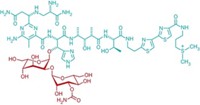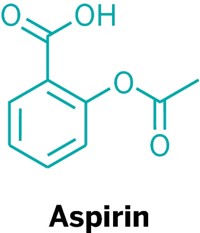Advertisement
Grab your lab coat. Let's get started
Welcome!
Welcome!
Create an account below to get 6 C&EN articles per month, receive newsletters and more - all free.
It seems this is your first time logging in online. Please enter the following information to continue.
As an ACS member you automatically get access to this site. All we need is few more details to create your reading experience.
Not you? Sign in with a different account.
Not you? Sign in with a different account.
ERROR 1
ERROR 1
ERROR 2
ERROR 2
ERROR 2
ERROR 2
ERROR 2
Password and Confirm password must match.
If you have an ACS member number, please enter it here so we can link this account to your membership. (optional)
ERROR 2
ACS values your privacy. By submitting your information, you are gaining access to C&EN and subscribing to our weekly newsletter. We use the information you provide to make your reading experience better, and we will never sell your data to third party members.
Synthesis
Chelators slow cancer growth
September 25, 2006
| A version of this story appeared in
Volume 84, Issue 39
A new class of iron chelators has potent anticancer properties, according to a report (Proc. Natl. Acad. Sci. USA, DOI: 10. 1073/pnas.0604979103). Prem Ponka of McGill University, Montreal, and Des R. Richardson and coworkers at Children's Cancer Institute Australia for Medical Research, Sydney, identified di-2-pyridylketone-4,4-dimethyl-3-thiosemicarbazone (Dp44mT, shown) as the most efficient of these chelators. Dp44mT was effective against a variety of tumor types, including those that are resistant to other chemotherapeutics. The chelator doesn't significantly reduce the amount of iron in the cancer cells, the authors note, suggesting that it works by forming a complex that is toxic to tumors rather than by depleting iron. Dp44mT worked at doses as low as 0.4 mg/kg, but doses of 0.75 mg/kg caused irreversible heart damage in the mice. The next step will be to use the chelator as a starting point to find other members of the class that are effective against cancer cells without the toxicity.





Join the conversation
Contact the reporter
Submit a Letter to the Editor for publication
Engage with us on Twitter